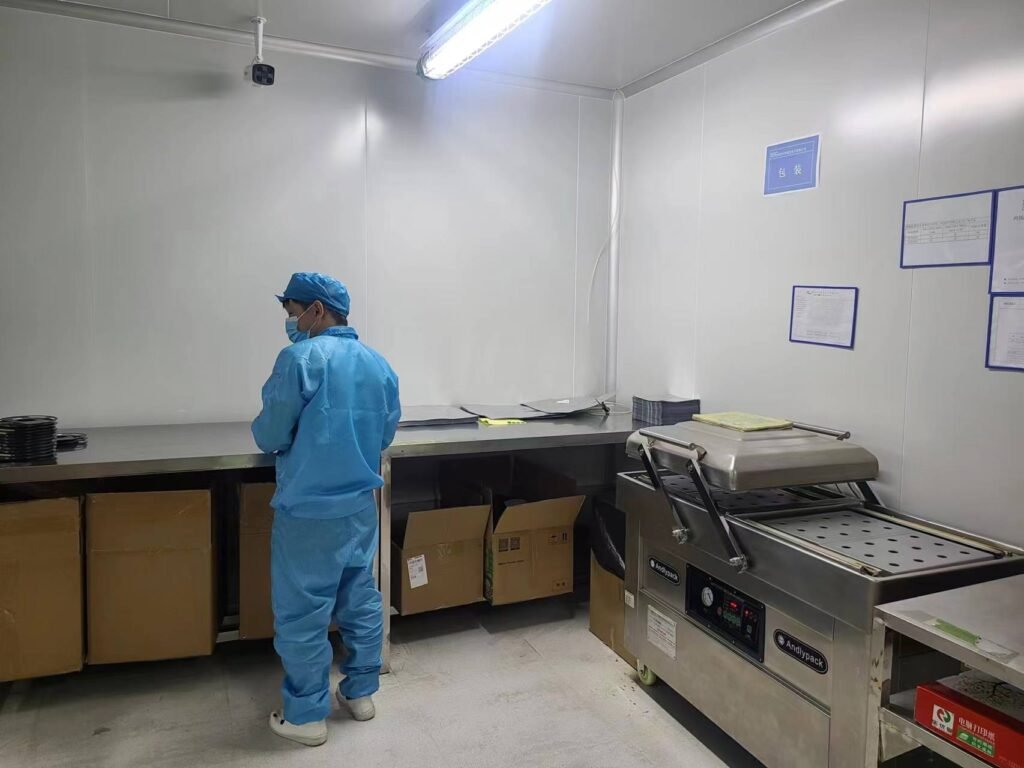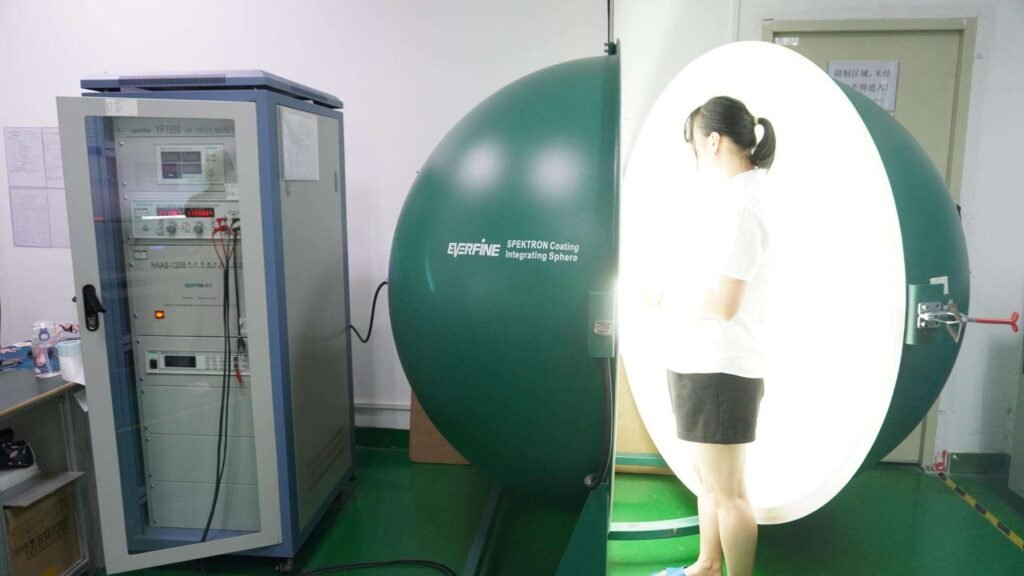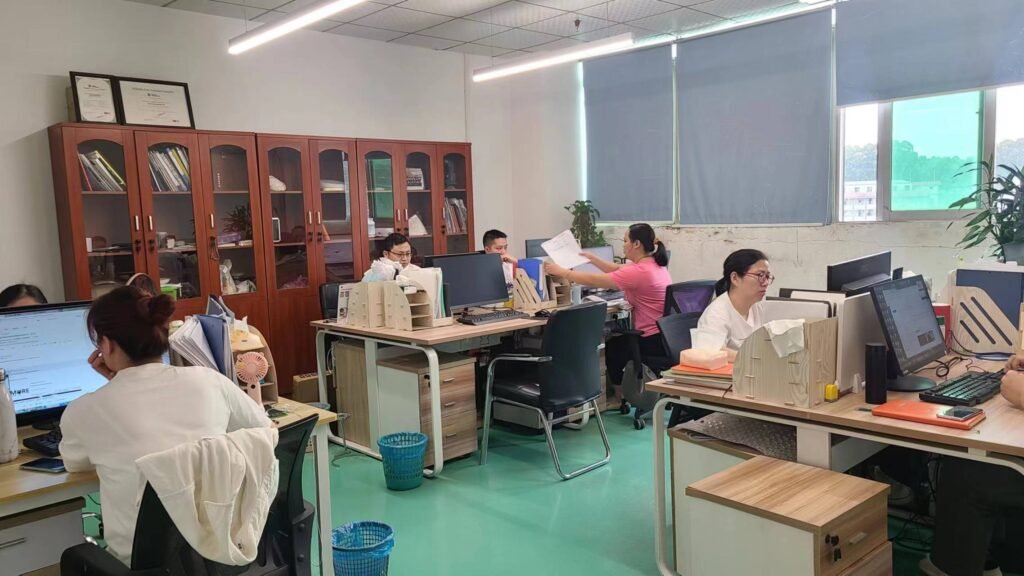Introduction:
LED strip lights have become incredibly popular due to their versatility, energy efficiency, and long lifespan. As they can be found everywhere from residential to commercial properties, ensuring their quality and reliability is essential. In this post we aim to provide a thorough guide of testing and certifying LED strips.
1. Acknowledging Quality Assurance in LED Strip Lights:
Quality assurance (QA) is a systematic approach to assuring products meet defined quality standards. For LED strip lights, this means conducting tests and certifications to verify performance, safety and longevity. By adhering to rigorous quality control measures manufacturers can deliver products of consistently high-quality performance that provide customers with products of consistent reliability.
2. Testing Methods for LED Strip Lights:
Manufacturers use various testing methods to guarantee the quality of LED strip lights, such as:
Lumen Output Test: This test measures the brightness of LED strip lights to make sure they meet their specified lumen output, helping determine their intensity and ensure consistent illumination across their entire strip.
b. Color Rendering Index (CRI) Test:
CRI (Color Rendering Index) measures how accurately light sources reveal objects’ true colors, providing accurate illumination that ensures vibrant illumination. This test assesses an LED strip light’s ability to reproduce these hues faithfully for vibrant and accurate illumination.
Thermal Management Test:
LED strip lights generate heat during operation, so effective thermal management is vital to their long-term viability and performance. This test evaluates their ability to dissipate heat effectively thereby avoiding thermal damage and guaranteeing maximum performance.
Environmental Testing:
Environmental tests simulate various conditions such as temperature, humidity and vibration to assess an LED strip light’s durability and reliability over time. They ensure it can stand up against various environmental elements while still performing reliably over time.
3. Certifications for LED Strip Lights:
Certifications play an essential part in assuring the quality and safety of LED strip lights, including those commonly recognized certifications such as:
a. Underwriters Laboratories Certification:
Achieving Underwriters Laboratories certification ensures that LED strip lights adhere to stringent safety standards, and undergo stringent testing processes as part of complying with electrical safety requirements.
b. Energy Star Certification:
Energy Star certification of LED strip lights demonstrates that they adhere to stringent energy efficiency regulations set out by the Environmental Protection Agency (EPA). As such, products bearing this label are energy-saving solutions and may help lower both consumption and utility costs.
RoHS Compliance:
RoHS (Restriction of Hazardous Substances) compliance ensures that LED strip lights do not contain hazardous materials like lead, mercury and cadmium which is beneficial to environmental sustainability as well as consumer and environmental safety. This certification encourages responsible production practices while supporting environmental sustainability initiatives and safety for both consumers and the planet.
Types of Testing
When it comes to LED strip lights, two main forms of testing exist: performance testing and safety testing. Performance testing ensures that they meet all necessary lighting criteria while safety testing checks for potential risks associated with them for users.
Manufacturers typically conduct rigorous tests on LED strip lights to ensure they meet all required specifications, such as CRI (color rendering index), light output, power consumption and more. This helps guarantee they will perform as anticipated once installed in a space.
Safety tests on LED strip lights are designed to ensure users won’t be injured by using them, typically by looking at electrical, fire and chemical hazards. By passing all relevant safety tests manufacturers can be confident their lights are safe for any application.
Safety Certifications
At LED Strip Lights Co, one of our primary focuses when it comes to LED lighting is safety. That is why we take many measures to make sure our products are both consumers- and environment-safe; all are certified by Underwriters Laboratories (UL), the premier independent safety science company.
As well as meeting UL certification standards, our products also comply with the European Commission’s Restriction of Hazardous Substances (RoHS) Directive. This directive restricts certain materials found in electrical and electronic equipment from being used, including lead, mercury, cadmium, hexavalent chromium polybrominated biphenyls (PBBs) and polybrominated diphenyl ethers (PBDEs).
At LED Strip Lights Co, our dedication is delivering safe and high-quality products. A significant component of that commitment lies within certification to international standards.
Environmental Regulations
To ensure LED strip lights are safe for indoor and outdoor use, manufacturers must abide by stringent environmental regulations. These standards protect consumers from harmful chemicals and materials as well as ensure long-lasting products.
Environmental regulations related to LED strip lights include the RoHS Directive, WEEE Directive and REACH Regulation. The RoHS Directive limits certain hazardous substances from being used in electrical and electronic equipment while WEEE regulates how waste electrical and electronic equipment should be disposed. Furthermore, REACH mandates manufacturers provide information regarding risks posed by their products as well as strategies to manage these risks effectively.
By adhering to environmental regulations, manufacturers can give consumers peace of mind knowing their LED strip lights are safe and durable.
List of Test Equipment and Procedures Used in Quality Assurance Process
Quality assurance procedures for LED strip lights involve performing tests and procedures to verify compliance with all specifications. This process ensures the safety and performance of these products.
Test equipment and procedures that are typically employed during quality assurance processes include:
Visual Inspection: This process uses visual examination to detect any visible flaws in the product.
Functional Testing: Functional testing ensures that products function as intended by performing electrical, thermal and light output testing.
Environmental Testing: This type of testing simulates various environmental conditions that the product could encounter in order to test its durability and performance, such as temperature cycling, humidity levels and salt spray testing. This may involve temperature cycling, humidity testing and salt spray tests as appropriate.
Certification Testing: Before products can be certified, they must pass a series of rigorous tests designed to verify they meet all required standards – this may include UL or ETL certification testing.
How to Assure That Your Product Meets All Required Standards
To ensure your product meets all required standards, there are a few straightforward steps you need to follow. First, conduct tests at an accredited testing lab. Second, submit it for certification with an independent certification body. Thirdly, keep abreast of new updates or changes, making necessary modifications as soon as they arise.
Testing is the cornerstone of quality control, and an accredited testing laboratory will be able to evaluate your product against relevant standards to identify any areas which do not conform. Once you receive results of the tests, any required changes can be made prior to certification submission.
Step two of ensuring your product complies with all necessary standards is submitting it for certification by an independent certification body. Certification provides third-party validation that your product meets relevant standards; certification bodies use various methods – inspection, testing and auditing – to assess products. Once certified, keep up-to-date with changes by regularly checking for updates and making any needed modifications as soon as they become available.
Conclusion:
LED strip lights require extensive testing procedures and certifications in order to guarantee their performance, safety, and longevity. Manufacturers that comply with quality control measures can offer customers superior-grade LED strips with consistent performance and reliability; consumers should seek certified products as an assurance they’re investing in superior-grade lights that comply with stringent industry standards.






